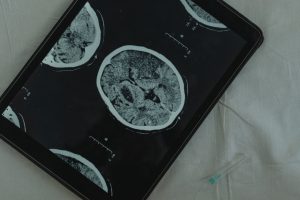A new study from JAMA Network Open sheds light on a nascent multimodal model that greatly improves prediction accuracy for neurodevelopmental impairment (NDI) which heightens the death risk of extremely preterm newborns, or “preemies,” within the first two years. The reason for the research effort, as explained by the team behind the study, is the fact that NDI in preemies has remained consistently high, despite a string of notable advancements in neonatal care and prognostic/diagnostic solutions. Heightened facility for spotting high-risk newborns could turn this around and allows for earlier as well as more personalized rehabilitation intervention to mitigate NDI’s harsher impacts.
Current prognostic tools for this purpose are hampered by, “(1) their use of conventional analytical methods, (2) their reliance on a small number of clinical and laboratory variables, and (3) their failure to take account of prognostically valuable information on the brain’s structure and function.” Regarding the last point, said assessments often lack incorporation of functional brain information—a must for accurate prognoses. Addressing these limiting factors entailed the development of five predictive models, which had their performances tirelessly analyzed. The lone multimodal model, which all at once considers brain function information, brain structure information obtained via cranial ultrasonography and perinatal and postnatal risk factors, was unsurprisingly the highest achiever, scoring an area under the curve of 91.7%. Conversely, the singular models scored in the high 70s and low 80s.























